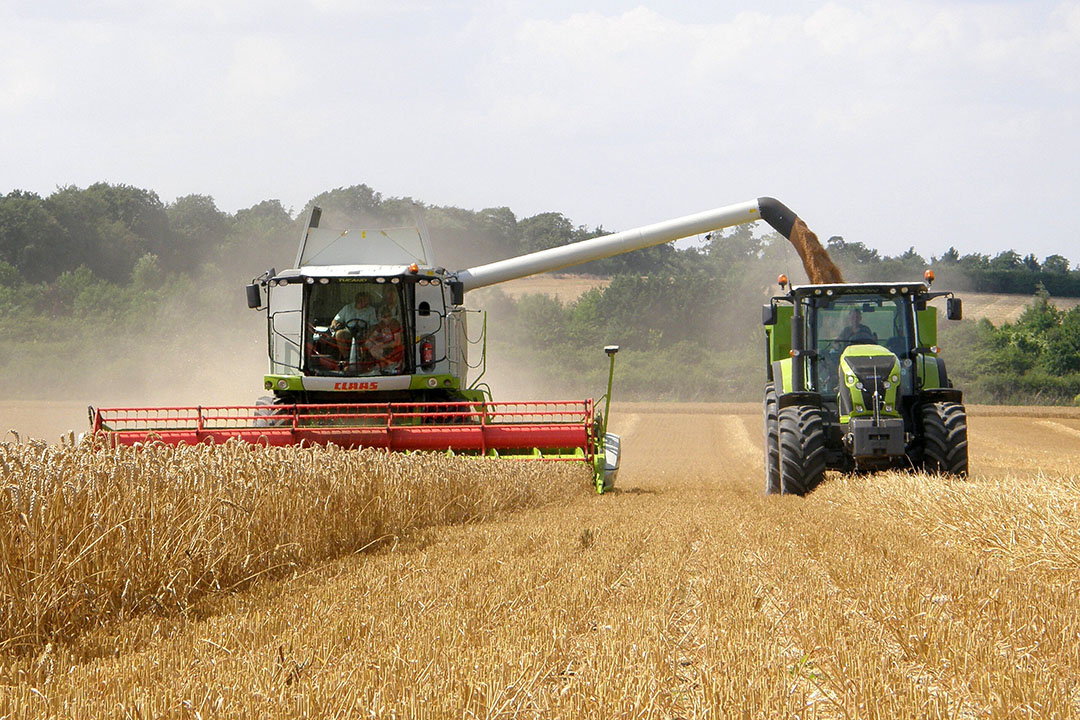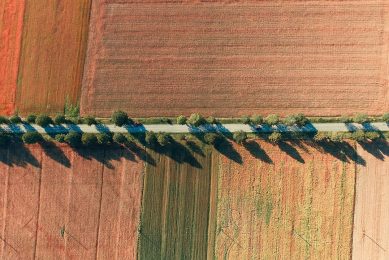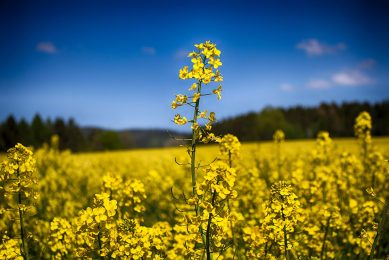Challenging season for Irish arable sector

It has been a season of 2 halves for arable farmers in the Republic of Ireland as challenging conditions have knocked 15% off the sector’s value this year.
The culmination of persistent rain last autumn followed by very dry conditions in the spring has affected output and pricing.
A wet autumn and winter was followed by drought conditions in late spring, culminating in a very difficult harvest.”
Early estimates by the Irish Farmers’ Association (IFA) at current spot grain and straw prices suggest the value of the 2020 harvest could be down 15% compared to the previous year’s trading.
Farmers have endured a torrid season
IFA grain chairman Mark Browne said tillage farmers have endured a torrid season. He said: “A wet autumn and winter was followed by drought conditions in late spring, culminating in a very difficult harvest.
“It’s likely that the main cereal harvest will come in somewhere between 1.9 million and 2 million tonnes. While oats tonnage is down on last year, the real hit is on barley and wheat with the combined output will be down approximately 400,000 tonnes.
“After a very difficult harvest, the majority of it is now finished. However, there are pockets of spring crops still to be finished along with the bean crops. Yields have remained very variable.
“Some of the spring barley crops were promising good late yield potential. However, the continuation of the broken weather scuppered this hope for a lot of farmers,” said Browne.
This is unsustainable, final harvest grain prices must rise significantly just to cover production costs.”
Tillage farm incomes fell by 15%
There are around 4.8 million hectares of land utilised for agriculture in the Republic of Ireland including 368,000 hectares dedicated to arable production farmed by just over 7,000 tillage farmers.
According to the Teagasc (Ireland’s Agriculture and Food Development Authority), tillage farm incomes fell by 15% in 2019 compared to 2018. Mr Browne said farmers are now looking at a collapse in farm income, following consecutive years of significant declines for the sector.
“This is unsustainable, final harvest grain prices must rise significantly just to cover production costs,” he said. “The government must support tillage farmers. Any reduction of funding for the sector under the next CAP will decimate the sector.”
Maize imports doubled
According to the statistics, Ireland imported one million tonnes of maize from third countries such as Brazil in the 2019/2020 marketing season.
Mark added: “This is double the figure we imported 5 years ago. These imports, which are produced to lower regulatory and environmental standards, are undermining the value of quality assured Irish grain.”
Other issues that affected the sector include:
- Access to low cost finance,
- Loss of Plant Protection Products (PPPs),
- Access to new crop breeding technologies,
- Support for renewables and
- Limited research and development.
 Futures market
Futures market
Overview of futures prices for: corn, wheat and soybean
2020 a lost year for arable farmers
Paul Delaney, who farms in County Laois, reported his yields this year are back to around 2 tonnes per acre and said some farmers were not even getting that.
Delaney also said 2020 is a lost year for many tillage farmers adding that the bills keep coming in but farmers are not making what they need off the crop.
It was suggested arable farmers need a yield average of 3 tonnes per acre to break even, but that was an unlikely target this year.









